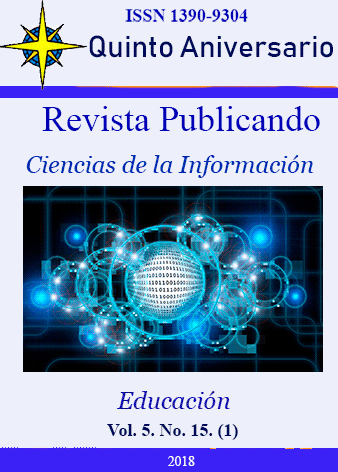Resumen
Today's world is due to the excesses of some people as a dangerous place for children and teenagers who can prey this excess. To be Children can be abused, prostituted, forced to use children and adolescents because of their weakness in their physical dimension. In the centers of corruption, prostitution and sexual exploitation of them, and provide places for the pleasure of some people. The international community has considered things to prevent the crimes that threaten children and young people. This article was written with the aim of examining four aspects of sexual crimes in relation to children and adolescents, so that by following Sex trafficking, sexual tourism, pornography and sexual slavery in international law and Iranian law by descriptive-analytic method to results acquired. The results showed that in international societies, perpetrators and offenders are considered as offenders for sexual crimes and They deal with these crimes. There are several laws in Iran that protect children and adolescents from sexual abuse It has been approved that penalizes the most severely punished.
Referencias
Azazi, Shahla, (2004), Family Violence and Social Violence ", Proceedings of Iranian Social Violations.
Habibzadeh, Mohammad Ja'far; Rahmanian, Hamed (2011). Punishment in Iran's Criminal Law. Law Journal of Justice, Seventh, No. 76, 89-112.
Zeinali, Amir Hemizadeh (1382). Innovations of the Child and Adolescent Protection Act and its Challenges, Social Welfare Quarterly, Second Year, No. 7, 59-92.
Salimi, Sadegh (2001), "Transnational organized crime in the Palermo Convention and its works," Proceedings of the First Human Rights Conference of Allameh Tabatabai University, pp. 212-169.
Saberi, Hengameh (1999), Safeguarding Human Rights, First Edition, Tehran: Publication of the Foreign Ministry.
Polisher, Zadan; Hosseini, Seyyed Mehdi (2010). Prevention of audiovisual crime. Journal of Journalism - Promotion of Crime Prevention Studies, Vol. 5, No. 16, 63-83.
Touganipour, Faezeh (1392), Lawsuits Against Children in the Iranian Legal System, Tehran, Imam Sadiq University Press.
Ebadi, Shirin (2004) Human Rights History and Documents in Iran, Tehran, Publishing House Roshangar,
Gholami, Kobra (2006), Typology of Violence against Women in Iran after the Dispute. Graduate Letter, Gilan.
Qari Seyed Fatemi, Seyed Mohammad (2003), Human Rights in the Contemporary World, First Edition, Tehran: Shahid Beheshti University Press
Morghgiz (2002), A Survey on Violence Against Women in Iran, Tehran, Third Edition, Publishing: Enlighteners and Women's Studies.
Mahra, Nasrin (2005) »Legal and criminal support of children against crime in lawyers Journal of Legal Research,
Mehra, Nasrin (1390). Child Justice and Juvenile Justice. Tehran: the rate.
Mozzanzadegan, Hasan Ali (2008). The evolution of the criminal laws protecting children and young people in Iranian law. Law Journal of the Judiciary, No. 63 - 62, 15-40.
Eager, Sayeda Sara (1391). Child sexual slavery and mechanisms to deal with it in the international human rights system with the case study of Iranian law. Master's Thesis, Shahid Beheshti University
Belgium. IRco, Add 38, Para 5.
International labour organization (2000), unbearable to the human heart, ILO/IPEC,PP,17-18
M. Liss, U.S Department of Justice, Personal Communication, Feb. 6, 1997.
See Report of the Working Grap on Its Third Session, U.N. Doc.E/CN. 4/1997/Para 23.
UN. Doc. China, IRCO, Add. 65. Para 24.
UN.DOC.A/50/728, Para 30.
UN.DOC.E/CN/4/2001/78/Add. 2 Para 17.
www.unicef.org/media-report.doc.
Usted es libre de:
Compartir — copiar y redistribuir el material en cualquier medio o formato
Adaptar — remezclar, transformar y construir a partir del material
La licenciante no puede revocar estas libertades en tanto usted siga los términos de la licencia
Bajo los siguientes términos:
Atribución — Usted debe dar crédito de manera adecuada, brindar un enlace a la licencia, e indicar si se han realizado cambios. Puede hacerlo en cualquier forma razonable, pero no de forma tal que sugiera que usted o su uso tienen el apoyo de la licenciante.
NoComercial — Usted no puede hacer uso del material con propósitos comerciales.
CompartirIgual — Si remezcla, transforma o crea a partir del material, debe distribuir su contribución bajo la lamisma licencia del original.
